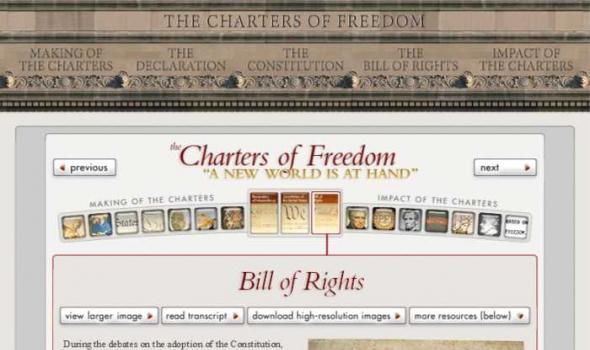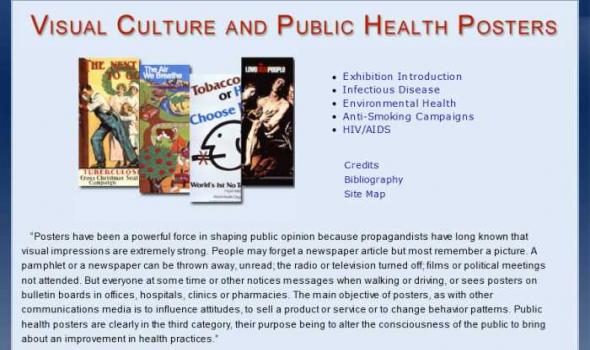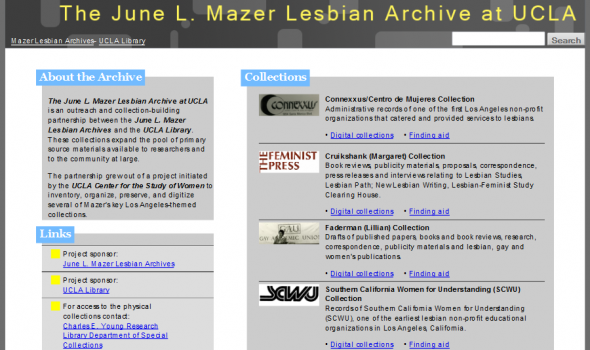Category: Image, Social Issues
Results
Toronto Orphanages and Day Nurseries Introduction In the early half of the nineteenth century, it was common practice for orphaned or deserted children to be bound into apprenticeships. By mid-century, adoption and institutional care began to emerge as alternatives to apprenticeship. Orphanages or children's "homes" and day nurseries provided residential care for children in need. By the 1920s, institutional care was gradually phased out and replaced by programmes of foster care, or "boarding out". Day nurseries evolved as the pre-cursor to daycare centres. Reports and Papers from Toronto's early child care agencies reflect society's evolving attitudes towards childcare and the work ethic from the mid-1800s to the early 1900s.
Marking 100 years since H.H. Asquith became Prime Minister 100 years ago H.H. Asquith (1852-1928) became Prime Minister. In continuous office for over eight years from 1908 to 1916, he was at the helm of a government which re-modelled the British political landscape and introduced innovatory social measures. The introduction of old age pensions, national insurance, and employment exchanges, and the reform of the House of Lords, are among the developments chronicled in Asquith's papers and those of his political colleagues held at the Bodleian . Long standing issues such as Irish home rule and women's suffrage also had to be addressed.
During the debates on the adoption of the Constitution, its opponents repeatedly charged that the Constitution as drafted would open the way to tyranny by the central government. Fresh in their minds was the memory of the British violation of civil rights before and during the Revolution. They demanded a "bill of rights" that would spell out the immunities of individual citizens.
Collection Description See Also: Collection Description Cornell's Anti-Slavery and Civil War Collections The Cornell University Library owns one of the richest collections of anti-slavery and Civil War materials in the world, thanks in large part to Cornell's first President, Andrew Dickson White, who developed an early interest in both fostering, and documenting the abolitionist movement and the Civil War. Even before his arrival at Cornell, White used his lectures at the University of Michigan to respond to the issues of the War by pointing out to his students as many examples as he could of societies that valued the rights of free men over the shallow benefits of slavery. A.D.
History of Medicine Exhibition Introduction This online exhibit is designed to introduce you to the history of images used in public health posters in the twentieth century. It utilizes the world's largest collection of poster art dealing with questions of health in the United States, housed at the National Library of Medicine. Many of these images can also be viewed through the Images from the History of Medicine (IHM) homepage. The exhibit is divided into two sections that focus on infectious diseases and environmental health concerns, revealing how posters provide an effective medium for communicating information about disease, identifying risk factors, and promoting behavioral change.
History of Medicine Introduction The National Library of Medicine has recently acquired a large collection of Chinese Public Health materials, about seven thousand items produced from early 20th century to the year of SARS. The collection has a wide range of media presentations: posters, health newsletters, health newspapers, paintings, pharmaceutical advertisements, calendars, children's chess games, jigsaw puzzles on health topics, playing cards on SARS, lantern slides, negatives, photographs, and health award certificates, as well as books and journals. These materials present rich visual representations of public health concerns which were closely tied to the political, social, economic, and even military engagements of China during different time periods.
History of Medicine Home > History Home > Opening Doors: Contemporary African American Academic Surgeons Home African Americans have always practiced medicine, whether as physicians, healers, midwives, or “root doctors.” The journey of the African American physician from pre-Civil War to modern day America has been a challenging one. Early black pioneer physicians not only became skilled practitioners, they became trailblazers and educators paving the way for future physicians, surgeons, and nurses, and opening doors to better health care for the African American community.
History of Medicine Introduction Over the ages, philosophers, theologians, and physicians had accepted insanity disorders within their purview. By the late 18th century, however, the first two had largely withdrawn and physicians, social activists, and the state took responsibility for the care and treatment of the mentally ill. Psychiatry as a medical discipline came into being during the first years of the 19th century. The rapidly growing population of the United States during the 19th century, along with an ever increasing number of immigrants, gave rise to the need for provision for the poor, the sick, and the mentally ill. Publicly supported almshouses and hospitals were established and the special needs of the mentally ill led to the era of asylums.
History of Medicine John Ballard Blake, Ph.D. Historian John Blake made significant contributions to the field of medical history. He was educated at Yale, BA, 1943, with Honors in History, Harvard, MA, 1947, and Ph.D., 1954, in American history. He was among the first generation of historians of medicine to come out of history departments, rather than clinical medicine, and he helped integrate the subject into the broader field of social history. His interests were primarily the history of public health in America and women’s history. His books and articles dealt with public health in 18th and early 19th century Boston, medicine in colonial America, and women and medicine in 19th century America.
History of Medicine The tragedy of the AIDS epidemic brought about an outpouring of items, intended to educate the public about the disease and its consequences. Starting in the early 1980s—AIDS was first identified in 1981—the initial response to the disease generated ephemeral public health materials, such as buttons, posters, cards, comic books, and even lunch boxes. Since AIDS was both incurable and invariably fatal, these messages of prevention were the only effective steps that public health officials could take. Produced by government health departments as well as private organizations, these ephemeral objects became an important medium for messages of awareness, prevention, compassion, and responsibility.
About the Archive Links Collections Connexxus/Centro de Mujeres Collection Administrative records of one of the first Los Angeles non-profit organizations that catered and provided services to lesbians. Cruikshank (Margaret) Collection Book reviews, publicity materials, proposals, correspondence, press releases and interviews relating to Lesbian Studies, Lesbian Path; New Lesbian Writing, Lesbian-Feminist Study Clearing House. Faderman (Lillian) Collection Drafts of published papers, books and book reviews, research, correspondence, publicity materials and lesbian, gay and women's publications.
Jon Cohen AIDS Research Collection Welcome to the Jon Cohen AIDS Research Collection. Noted Science writer Jon Cohen, has donated to the University of Michigan this collection of AIDS-related material he amassed while writing the book, Shots in the Dark: The Wayward Search for an AIDS Vaccine . Largely focused on AIDS vaccine research, the collection spans 20 years and contains conference materials, meeting agendas and minutes, promotional materials, scientific reports and numerous government materials among other forms of documentation not found elsewhere in digital form. With a generous grant from the John D.
Blog September 9, 2009 About CHODARR What is CHODARR? CHODARR stands for Community Health Online Digital Archive and Research Resource which is a publicly accessible virtual library of community-based and government publications. It is a permanent, catalogued and full-text online archive of grey literature and research materials related to health and social welfare policy. The CHODARR archive includes documents that are not normally published by commercial publishers.
A GUID Cause, The Women's Suffrage Movement in Scotland - Their struggles for change withing society About This resource will help you to discover more about the history of the women's suffrage movement in Scotland by exploring and investigating archive sources from the National Library of Scotland's collections. Developed by teachers The projects and learning activities have been developed by teachers specifically for use by secondary school pupils and teachers. The activities support the outcomes, experiences and capacities outlined in the Curriculum for Excellence. Activities and research The sources section contains a selection of archive material, including photographs, newspaper articles and diary entries, which help tell the story of women's suffrage in Scotland.
Though it is a relatively recent field of study, women's history is inscribed across all of the Harvard Library holdings gathered since 1638. By examining those holdings afresh and querying them in a new and feminist light, the curators of Women Working have aggregated thousands of items that illuminate women's history. The result is a unique, virtual collection, comprising over 650,000 individual pages from more than 3,100 books and trade catalogs, 900 archives and manuscript items, and 1,400 photographs. Women Working, 1800–1930 is a digital exploration of women's impact on the economic life of the United States between 1800 and the Great Depression.
Immigration to the United States, 1789-1930 , is a web-based collection of historical materials from Harvard's libraries, archives, and museums that documents voluntary immigration to the United States from the signing of the Constitution to the onset of the Great Depression. Concentrating heavily on the 19th century, Immigration to the US includes over 400,000 pages from more than 2,200 books, pamphlets, and serials, over 9,600 pages from manuscript and archival collections, and more than 7,800 photographs. By incorporating diaries, biographies, and other writings capturing diverse experiences, the collected material provides a window into the lives of ordinary immigrants.































